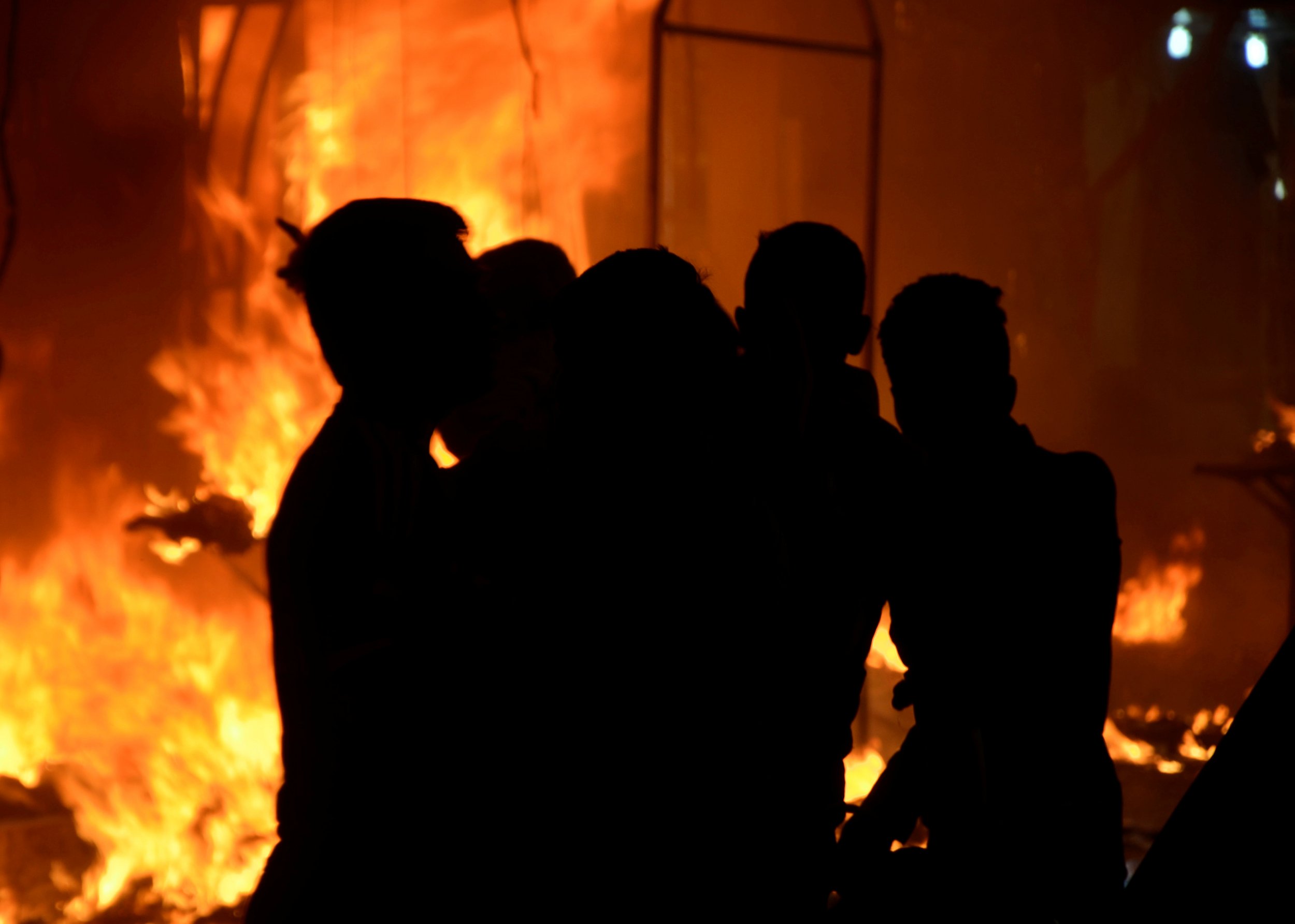
This article first appeared on Just Security.
Last Friday, several news outlets reported that perhaps as many as 200 civilians had been killed in a recent U.S. airstrike in Mosul in northern Iraq, where the U.S. is participating in an offensive against ISIS.
The U.S. coalition has confirmed that a strike occurred in the area where casualties were reported, and it has opened an investigation into the facts surrounding the strike.
This story comes on the heels of reports that at least 30 Syrian civilians had been killed in an airstrike by the U.S.-led coalition (reports that have not, as yet, been confirmed by the U.S. government).
A nonprofit group, Airwars, declared on Friday that it was overwhelmed by claims of U.S.-caused civilian casualties and was shifting nearly all its resources to tracking them.
All of this naturally has raised questions about whether the Trump administration has adopted different targeting standards that have opened the door to greater civilian casualties. During the campaign, after all, Donald Trump famously declared of ISIS that he "would bomb the shit out of 'em" and even suggested killing the families of terrorists.
Related: U.S. military in Iraq wears new black uniforms to fight ISIS
There were reports earlier this month that the White House was exploring how to dismantle or bypass restrictions put in place by the Obama administration to prevent civilian casualties.
In one known step toward relaxing targeting rules, the Trump administration declared parts of Yemen "areas of active hostilities" to which the 2013 Presidential Policy Guidance—requiring near certainty that a lawful target is present and near certainty that no civilians will be injured or killed—does not apply.
The Pentagon has denied that the rules of engagement have changed in Iraq, but not everyone is convinced.
I wrote a piece on Just Security back in June raising the concern that the new Department of Defense Law of War Manual's provisions opened the door to increased civilian casualties.
Subsequent revisions, discussed in a Just Security piece by Marty Lederman, addressed some—but not all—of those concerns. In particular, it eliminated the passages indicating that civilians in or proximate to military objectives need not be counted in a commander's proportionality analysis.
But it left unchanged the deeply troubling and inaccurate statement in Section 5.4.3.2 that "under customary international law, no legal presumption of civilian status exists for persons or objects." Speaking on background with me and Marty, Defense Department officials indicated that they were willing to revisit this provision, but thus far it remains unchanged.
All of this leaves five possible explanations for the recent uptick in civilian casualties:
1. Random Bad Luck
It is possible that the U.S.-led coalition is applying precisely the same targeting rules and standards as usual and the recent events are just terrible bad luck. I find this explanation less persuasive due to the repetition of incidents. One unusual civilian casualty event is bad luck; this looks more like a pattern.
2. Change in Context
It may be that there are higher civilian casualties because the battleground is moving into more heavily populated areas. These are areas where civilian casualties are harder to avoid. (And, indeed, ISIS may be exploiting this by intentionally using civilians as human shields in ways that are hard to detect.)
But this explanation is undermined by the fact that targeting standards would ordinarily account for the greater risk in more densely populated areas. If there are significant concerns about large numbers of civilian casualties, that usually would result in more cautious targeting decisions—especially once a pattern of higher civilian casualties begins to emerge.
3. More U.S. Troops on the Ground
It is possible that the Trump administration has placed more U.S. troops on the ground to help navigate the complicated battlespace. If so, there would likely be greater tolerance for civilian casualties to protect these embedded U.S. military personnel.
4. Policy Shift
A fourth explanation is that there has been a policy shift to allow targeters to tolerate greater risk to civilians. This could either be an explicit policy decision to engage in more aggressive targeting in the face of significant risk of civilian death (which would likely require a change to the rules of engagement) or it could be more subtle—an implicit grant of greater license to those making targeting decisions that allows them to take shots that the prior administration would have rejected.
Here is where we could see an effect of the Defense Department manual's rejection of a legal presumption of civilian status—it opens a wider legal space that the new administration might be more willing to fully exploit.
5. Personnel Change
Last, and related, it may be that a shift in personnel is responsible for the uptick in civilian casualties. Perhaps new officials have come in who are more willing to risk civilian casualties.
In that case, it would not require any top-down shift in policy for more civilian casualties to occur. These new officials would simply need to be less cautious when deciding whether to give the green light to proposed military operations.
At the moment, we don't know which of these explanations is the right one—or if the right answer is some combination of the five. But it is important for the media, nongovernmental organizations and Congress to demand answers so that we can ensure that such horrific loss of innocent life does not become the new normal.
Oona Hathaway is the Gerard C. and Bernice Latrobe Smith professor of international law at Yale Law School and director of the Center for Global Legal Challenges at Yale Law School.
Uncommon Knowledge
Newsweek is committed to challenging conventional wisdom and finding connections in the search for common ground.
Newsweek is committed to challenging conventional wisdom and finding connections in the search for common ground.
About the writer
To read how Newsweek uses AI as a newsroom tool, Click here.








